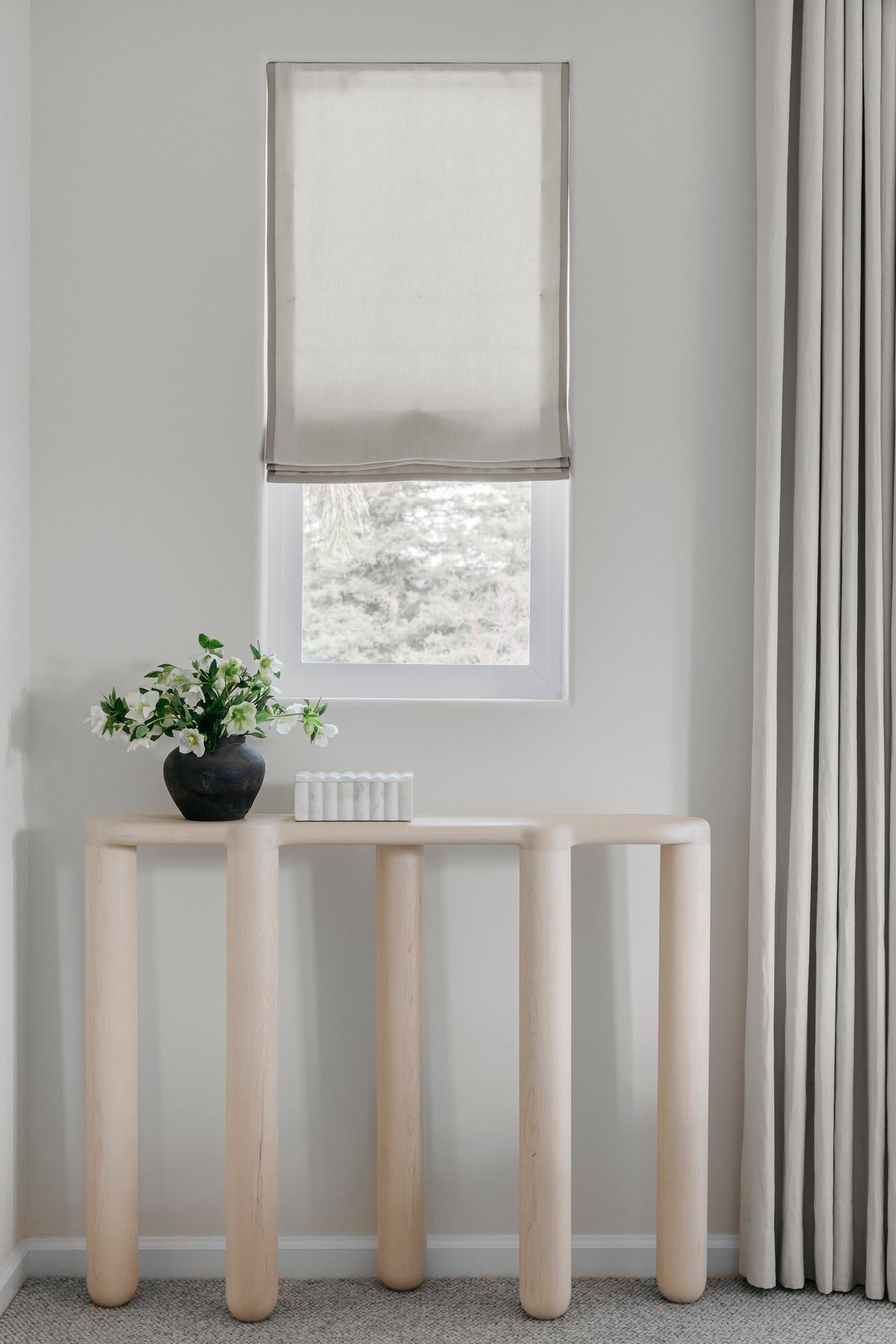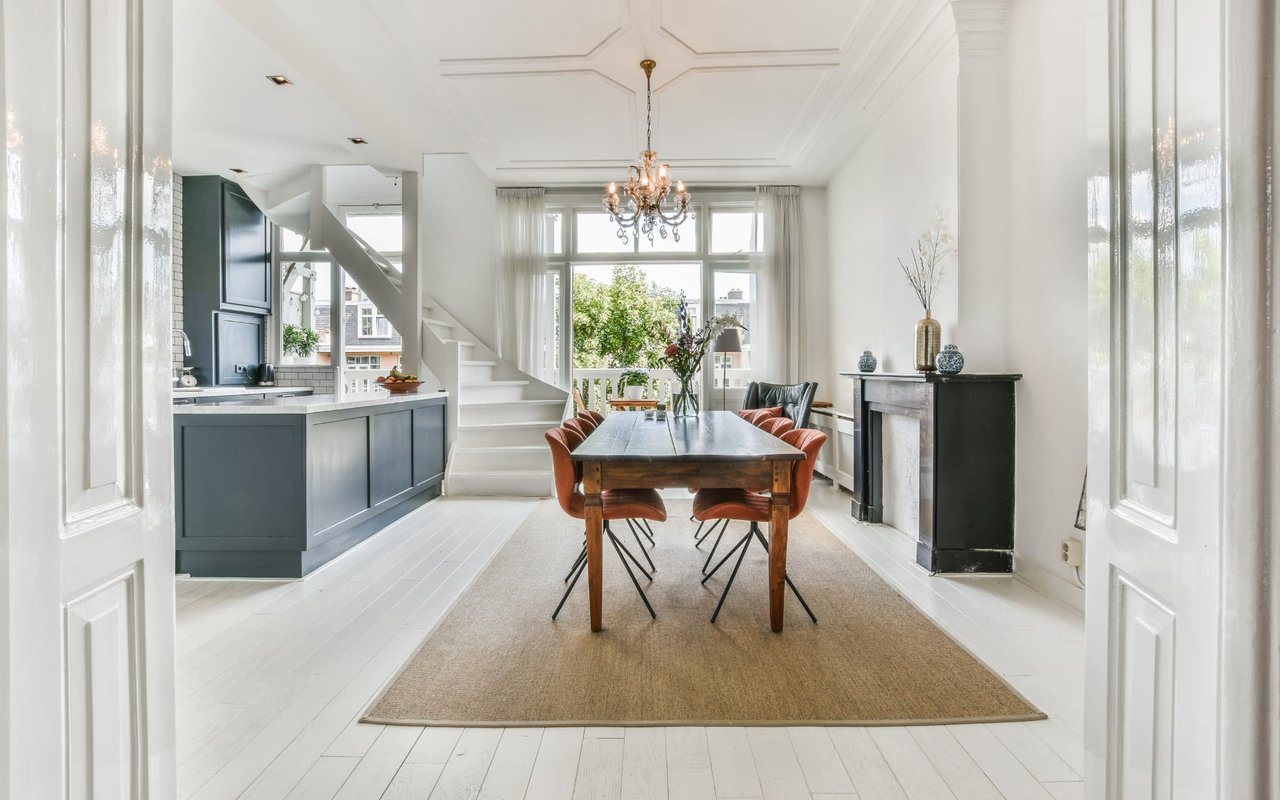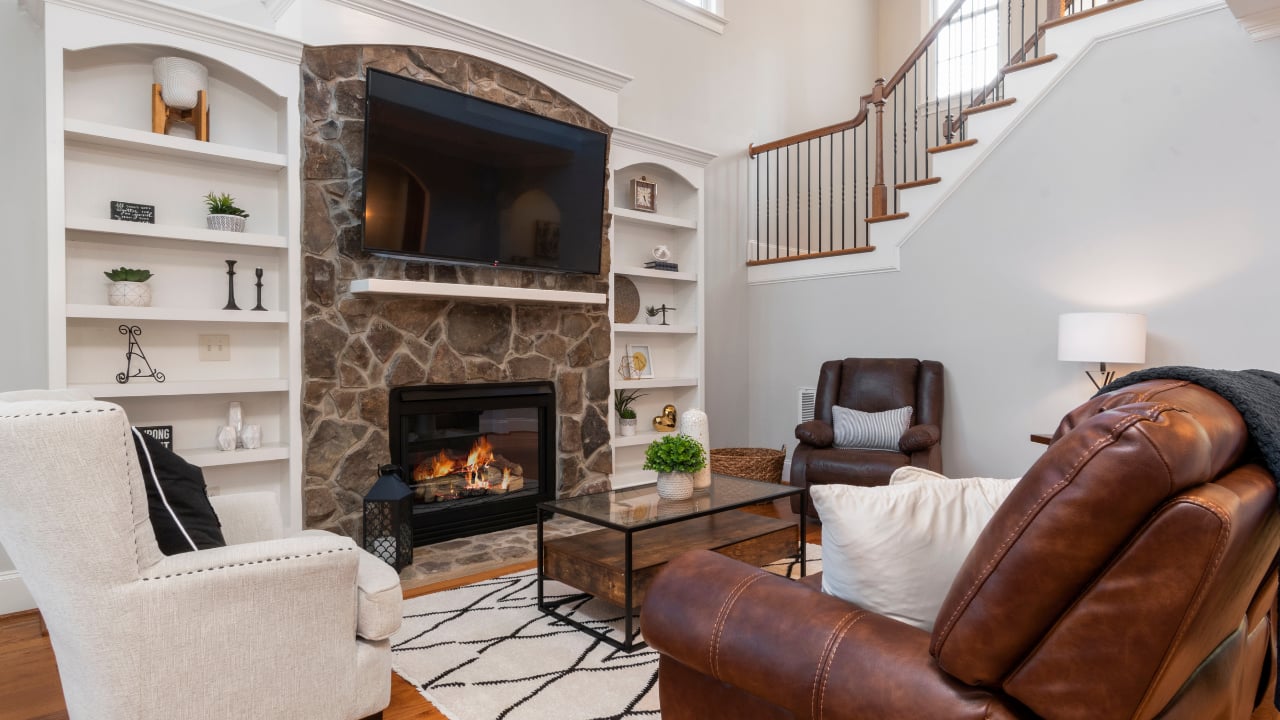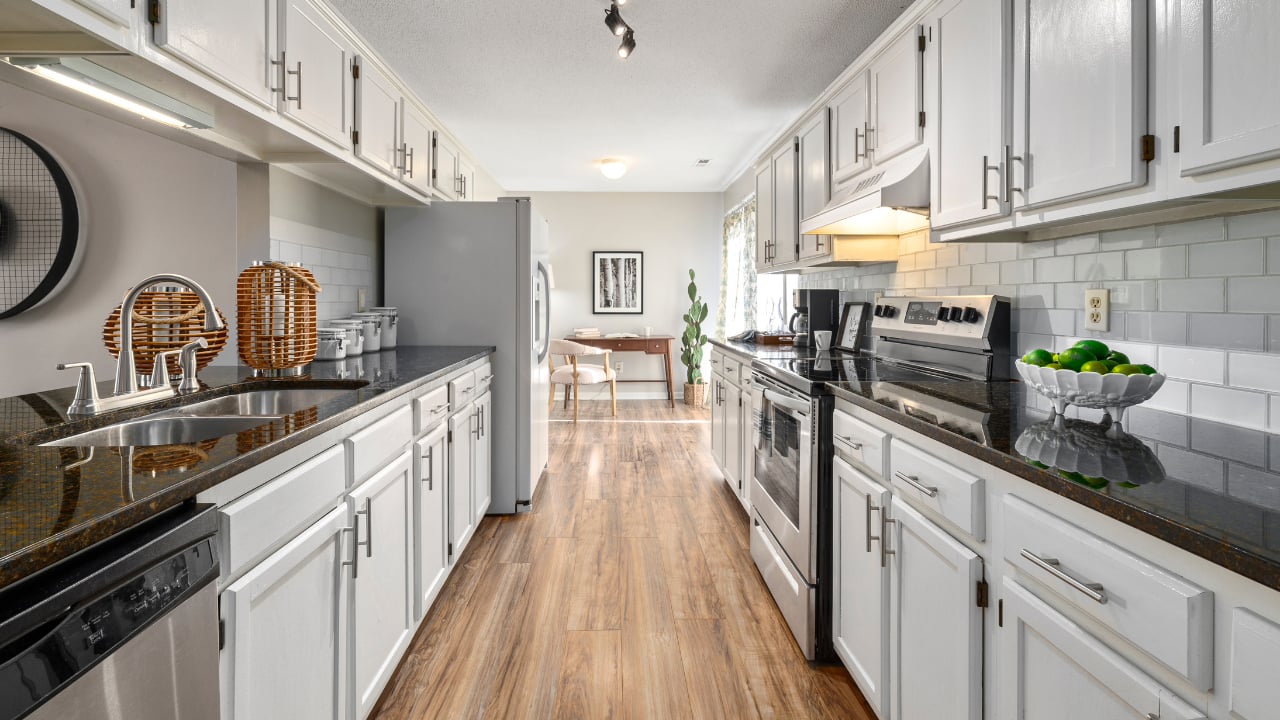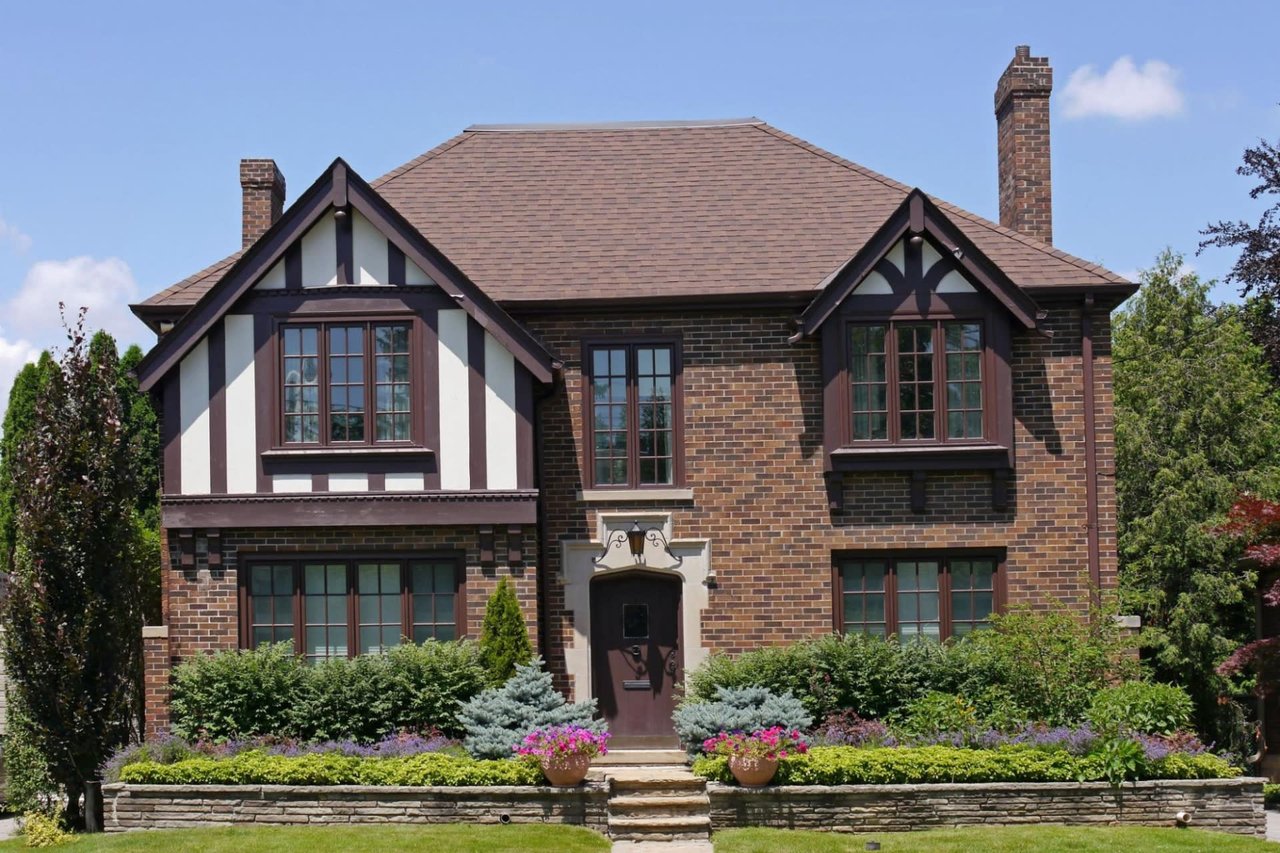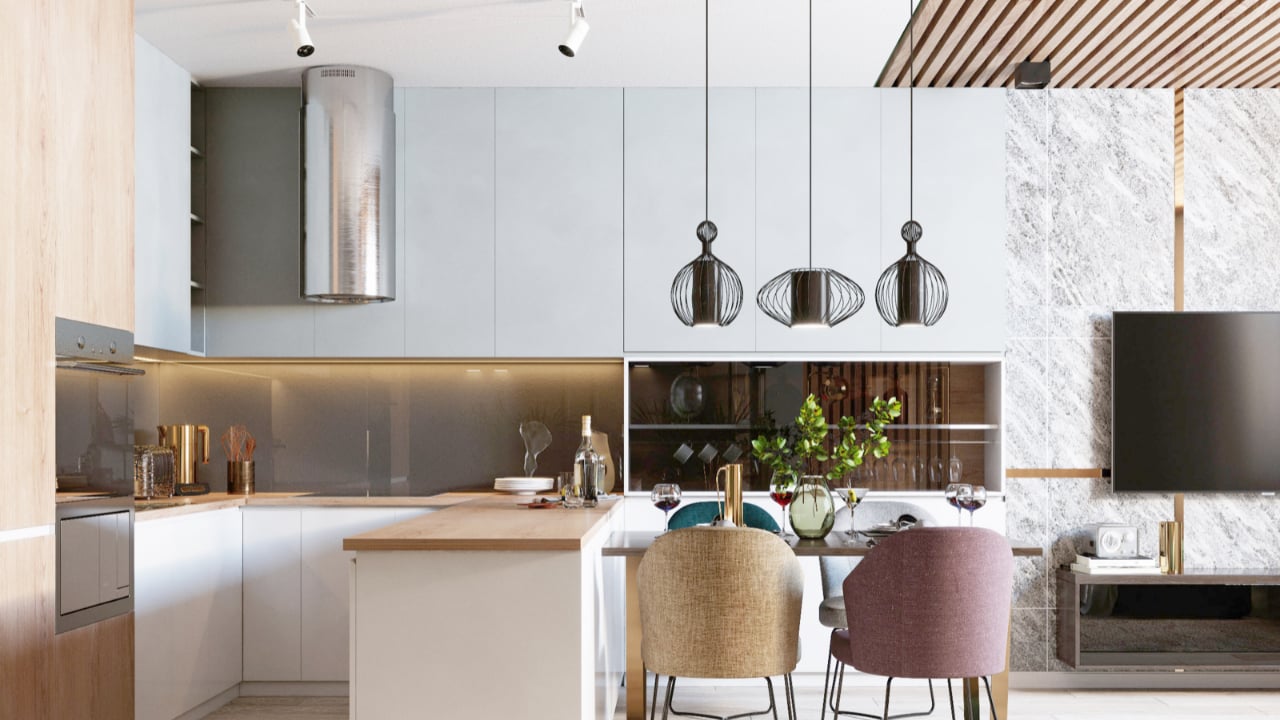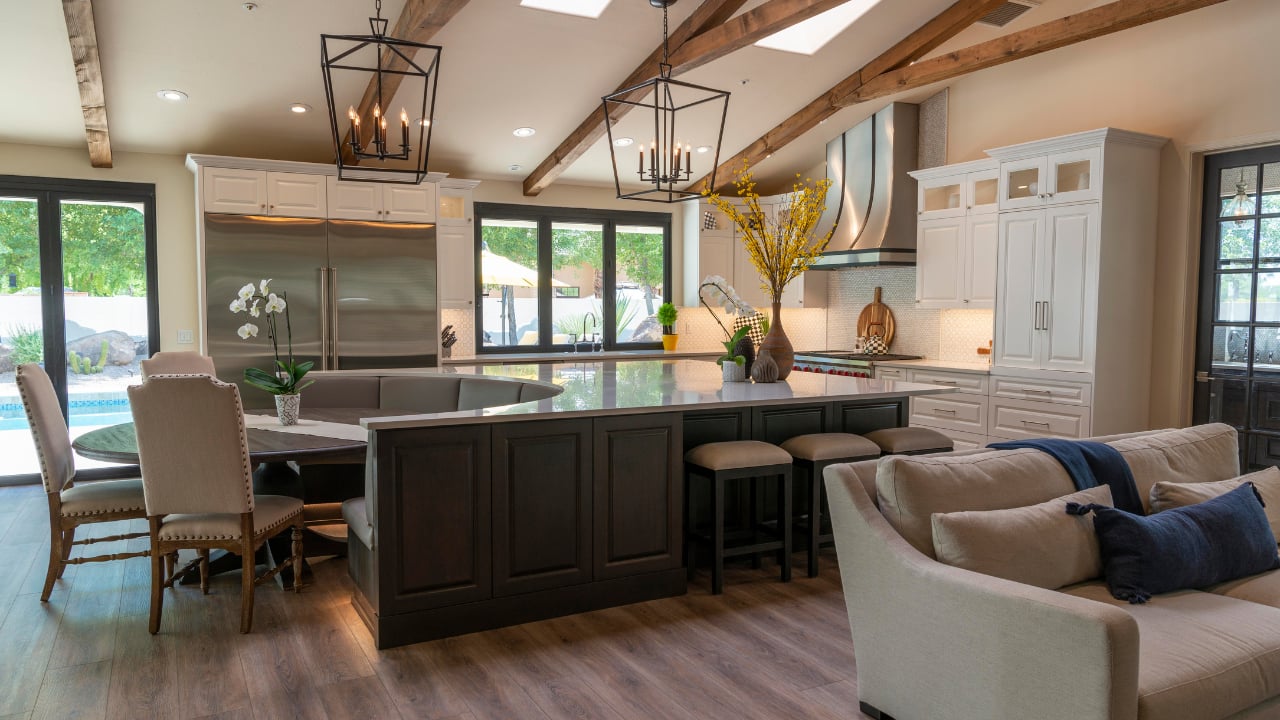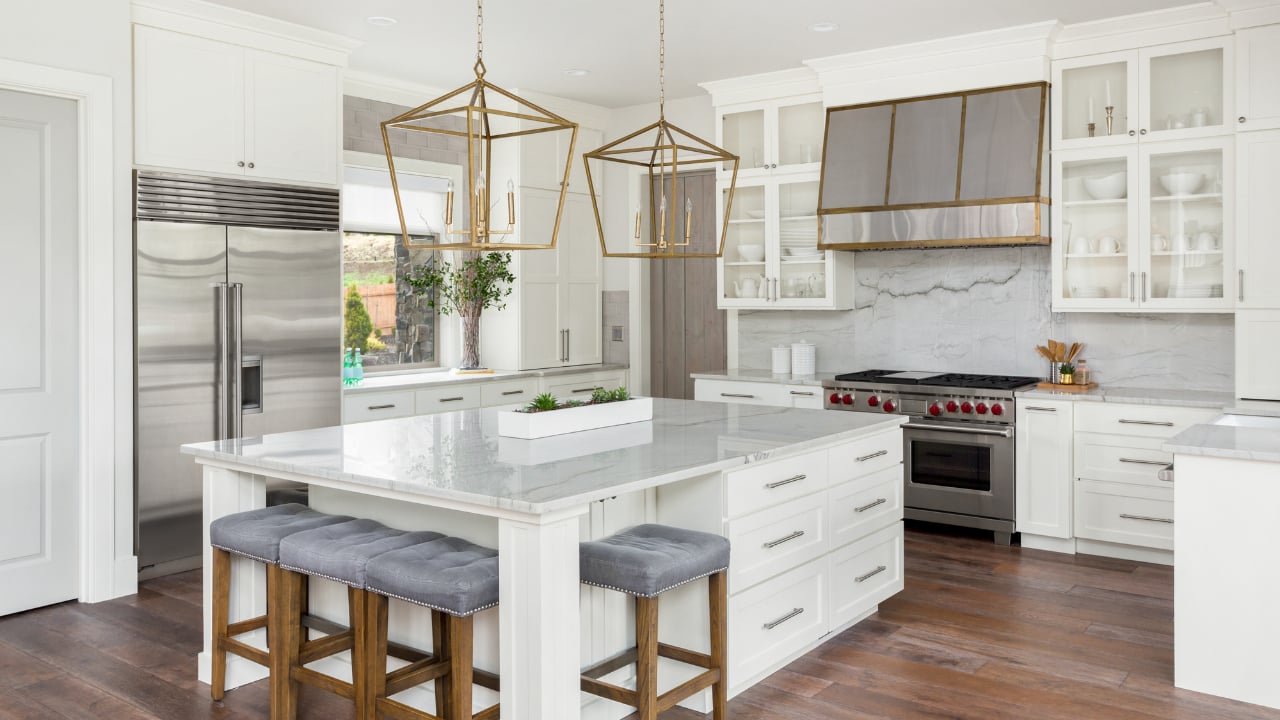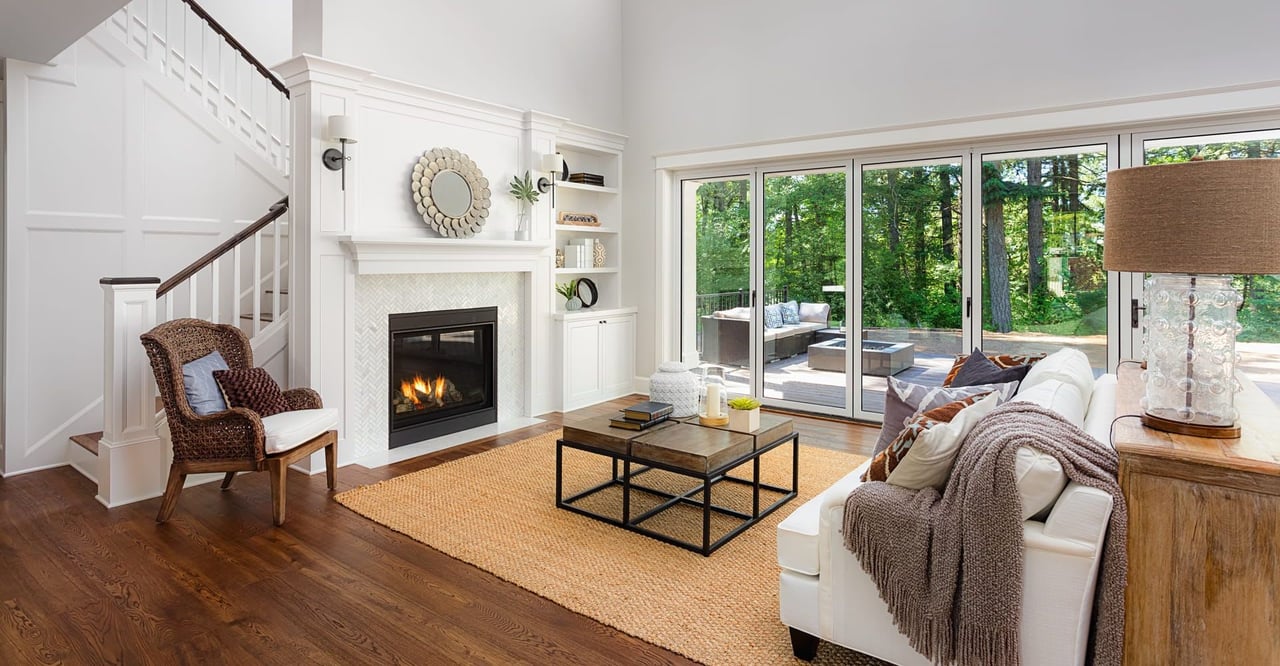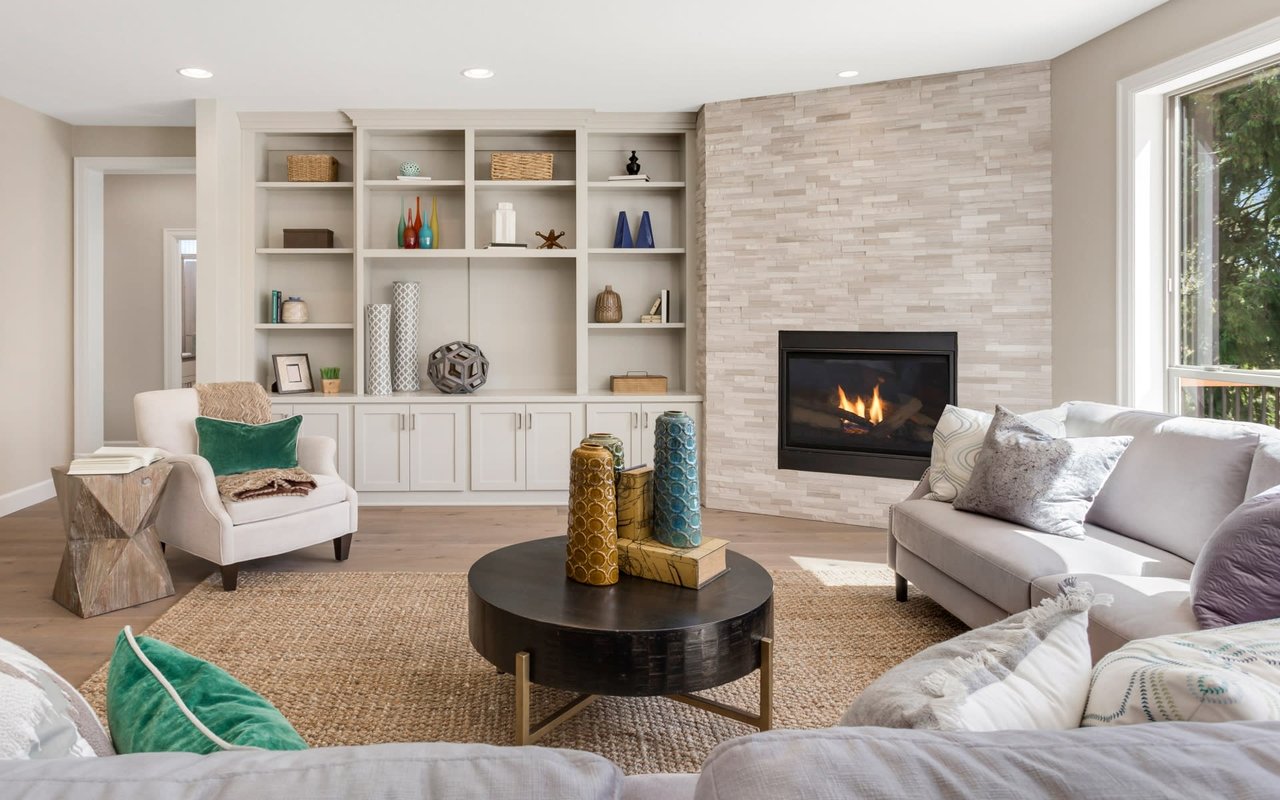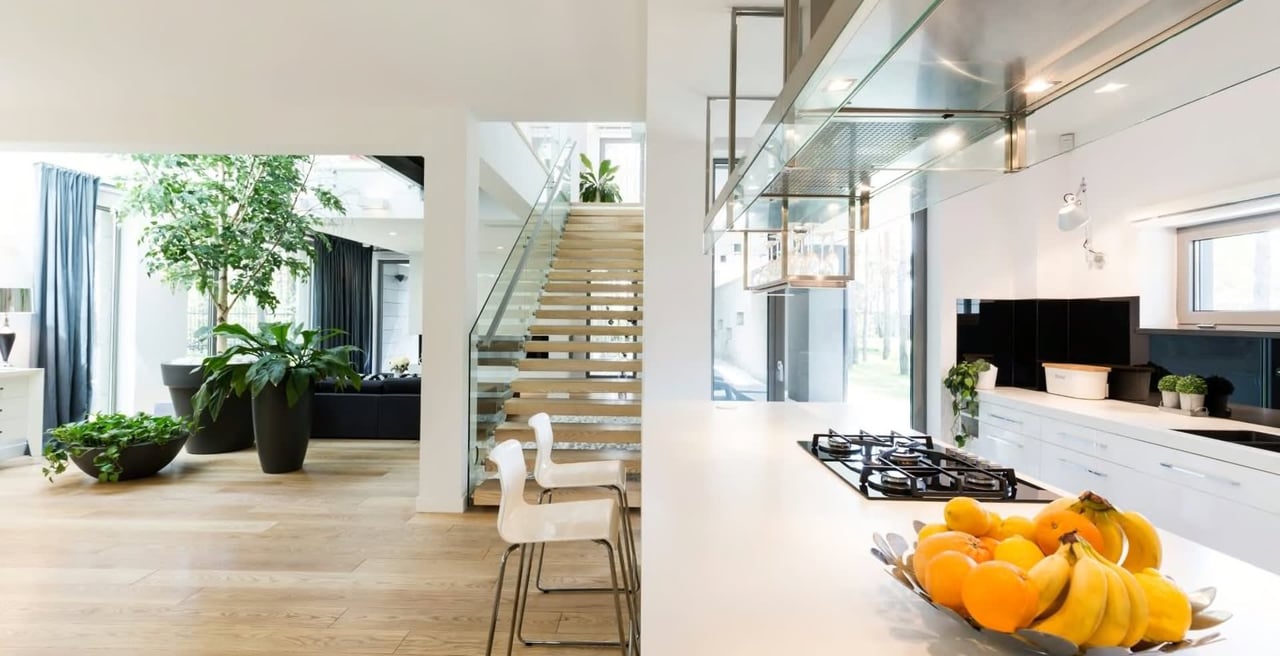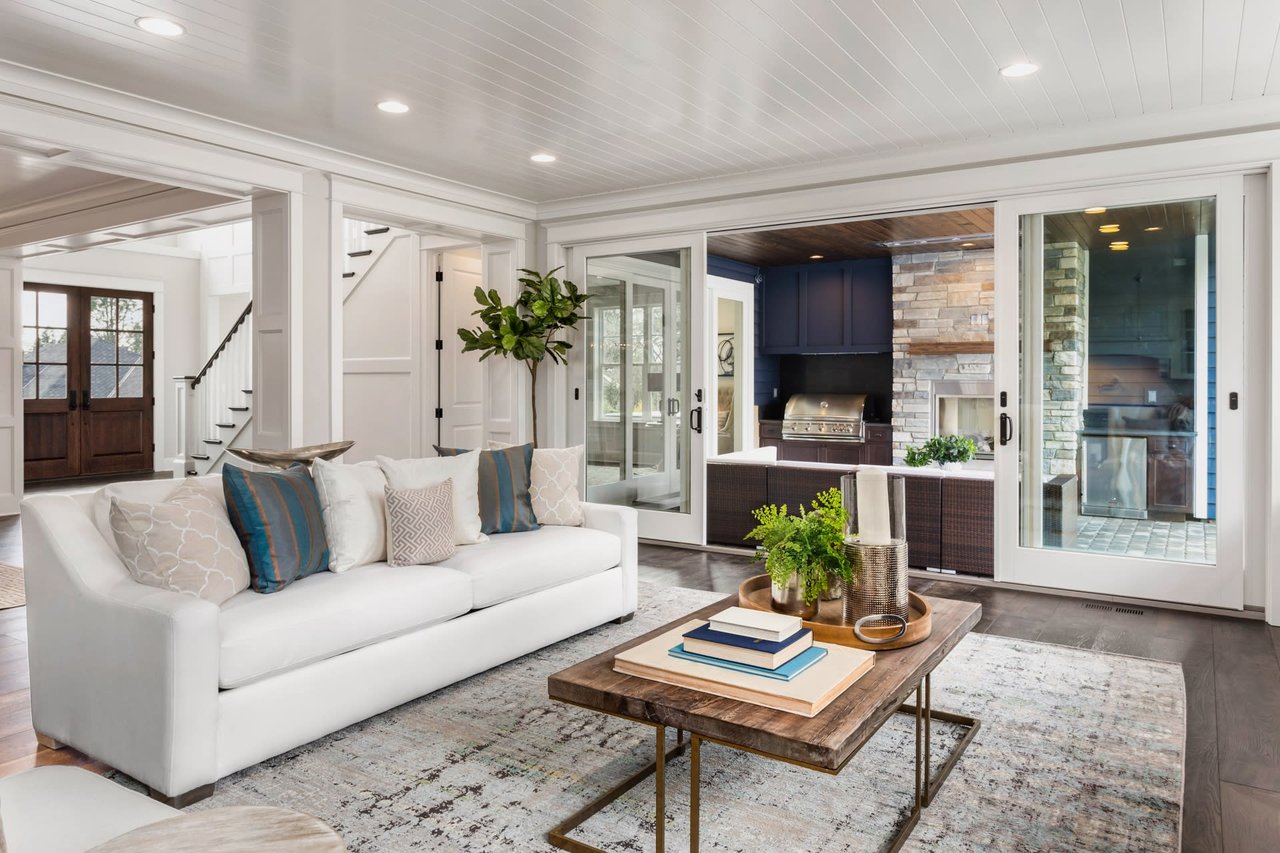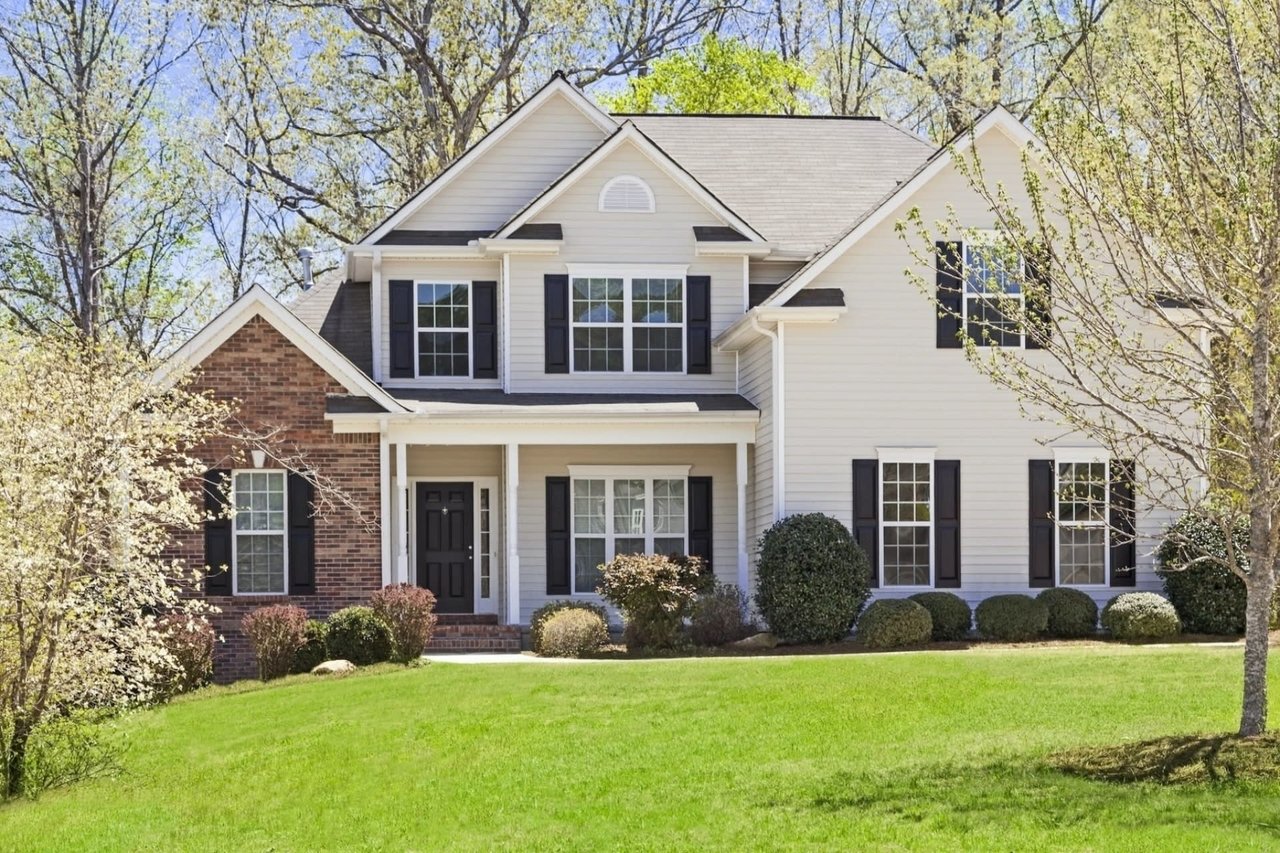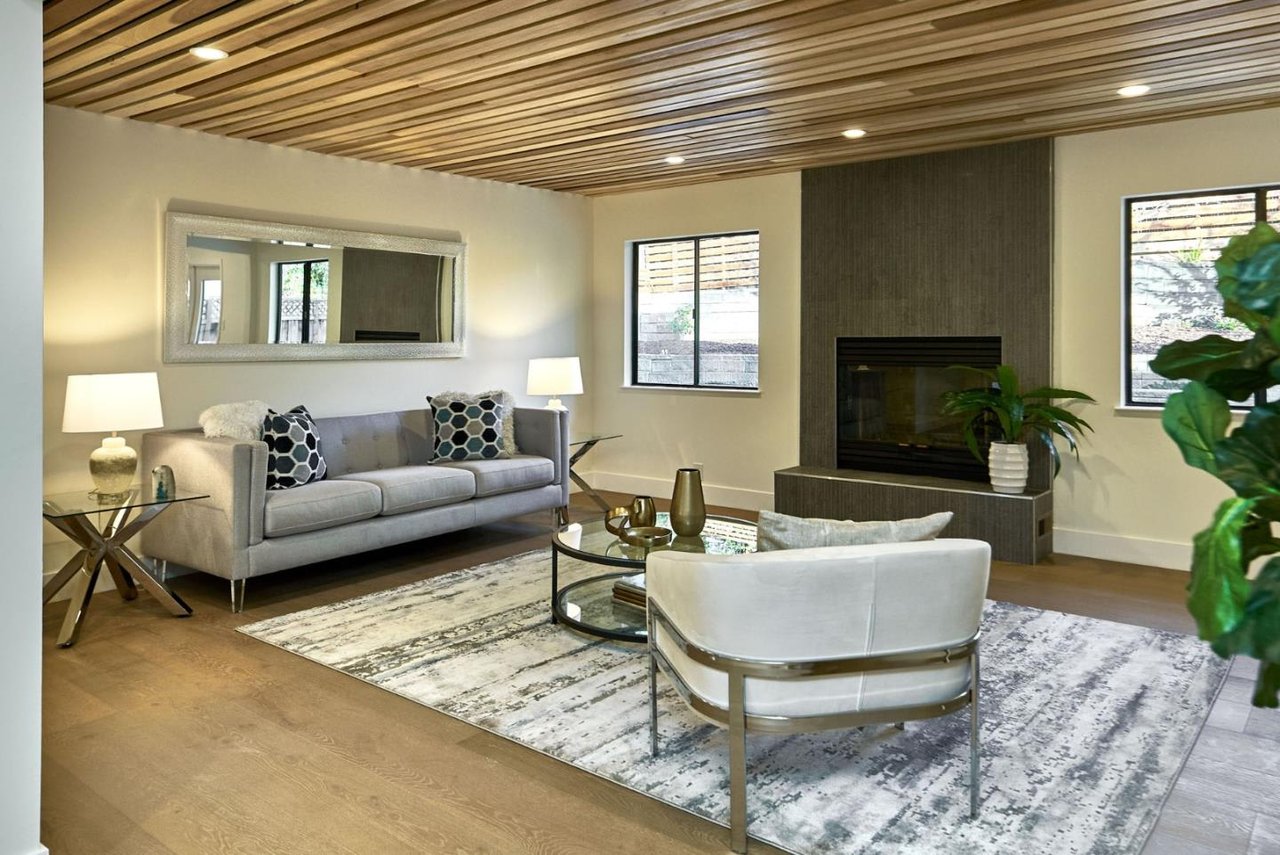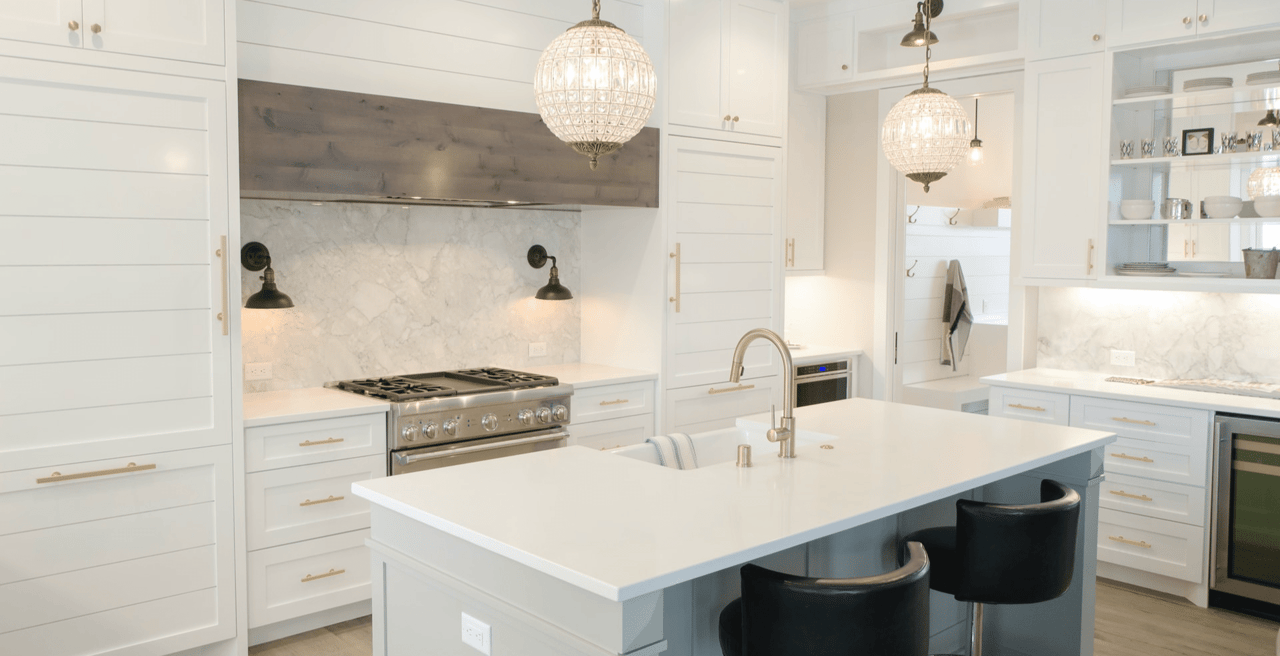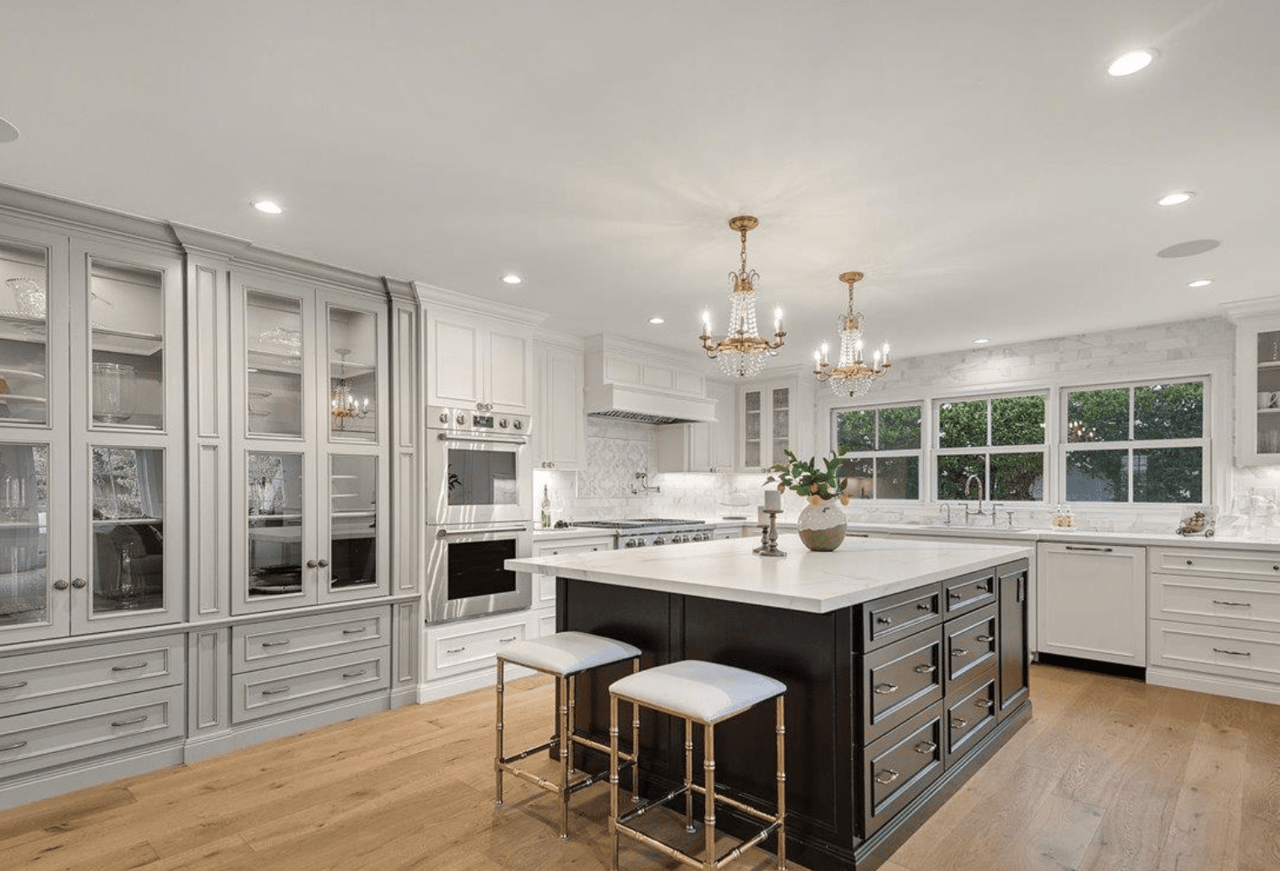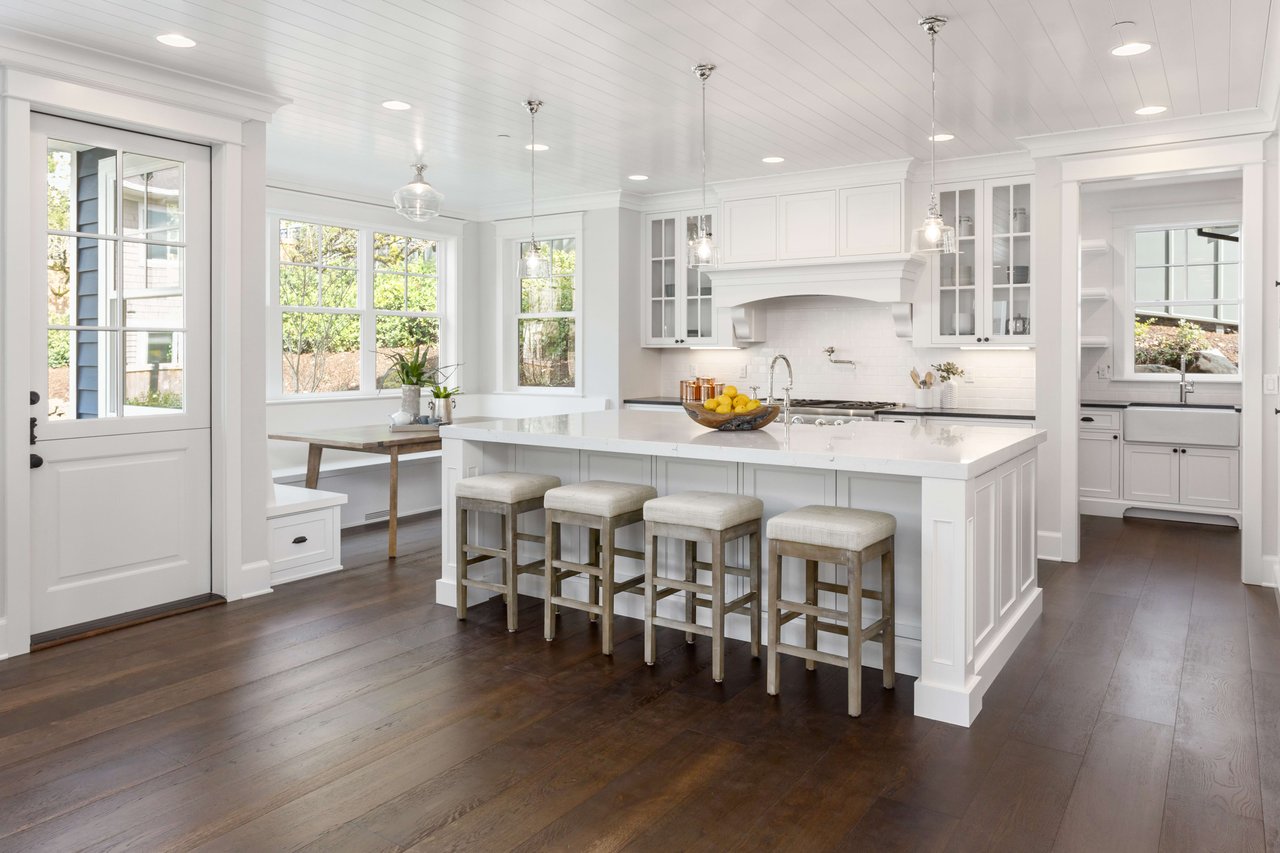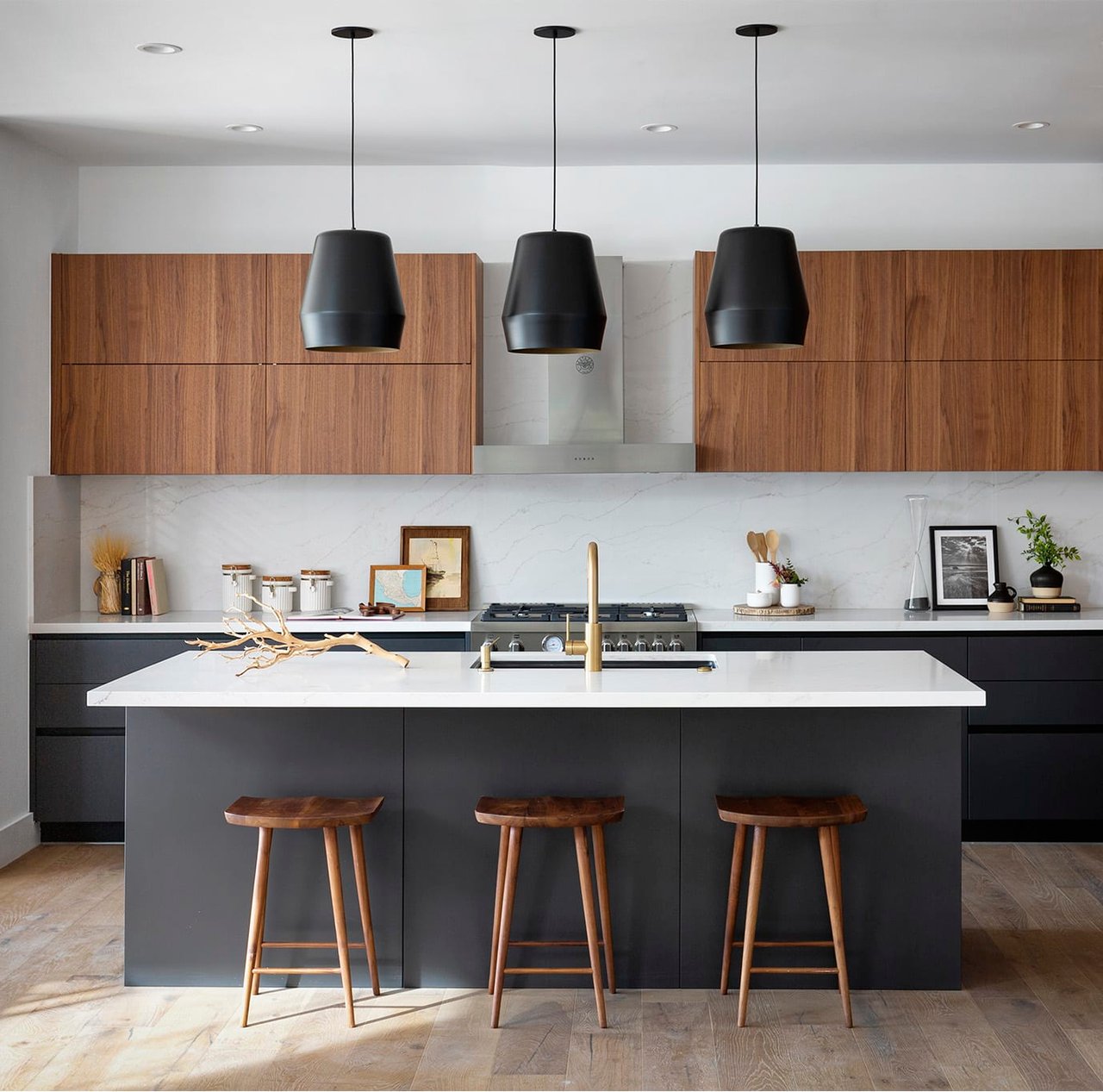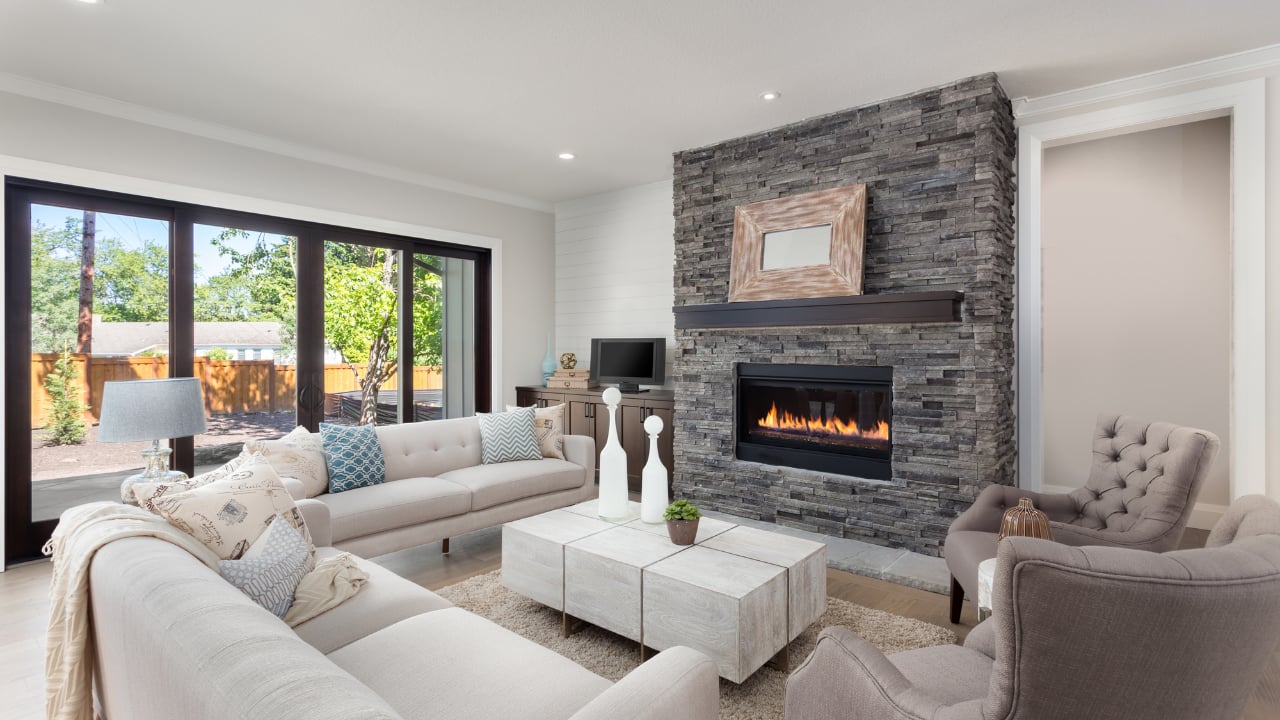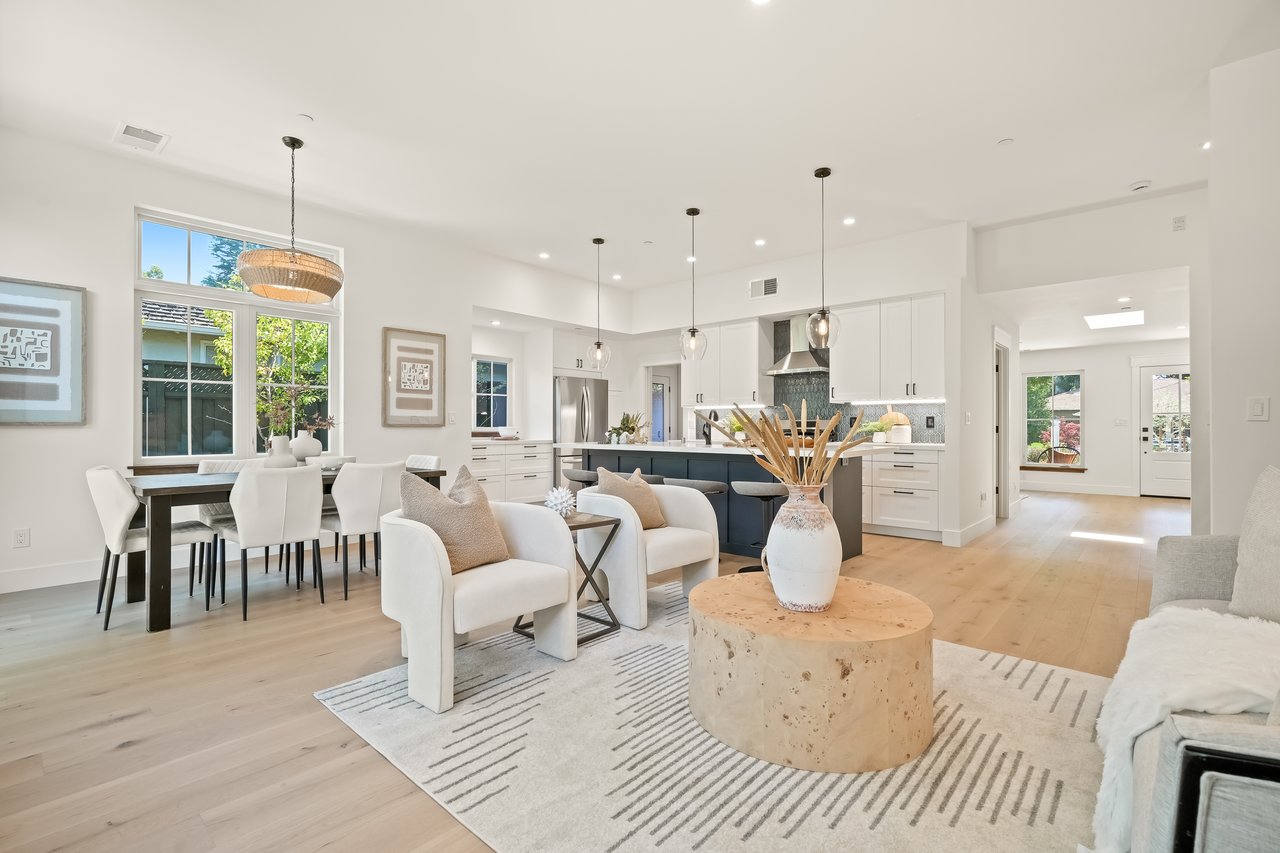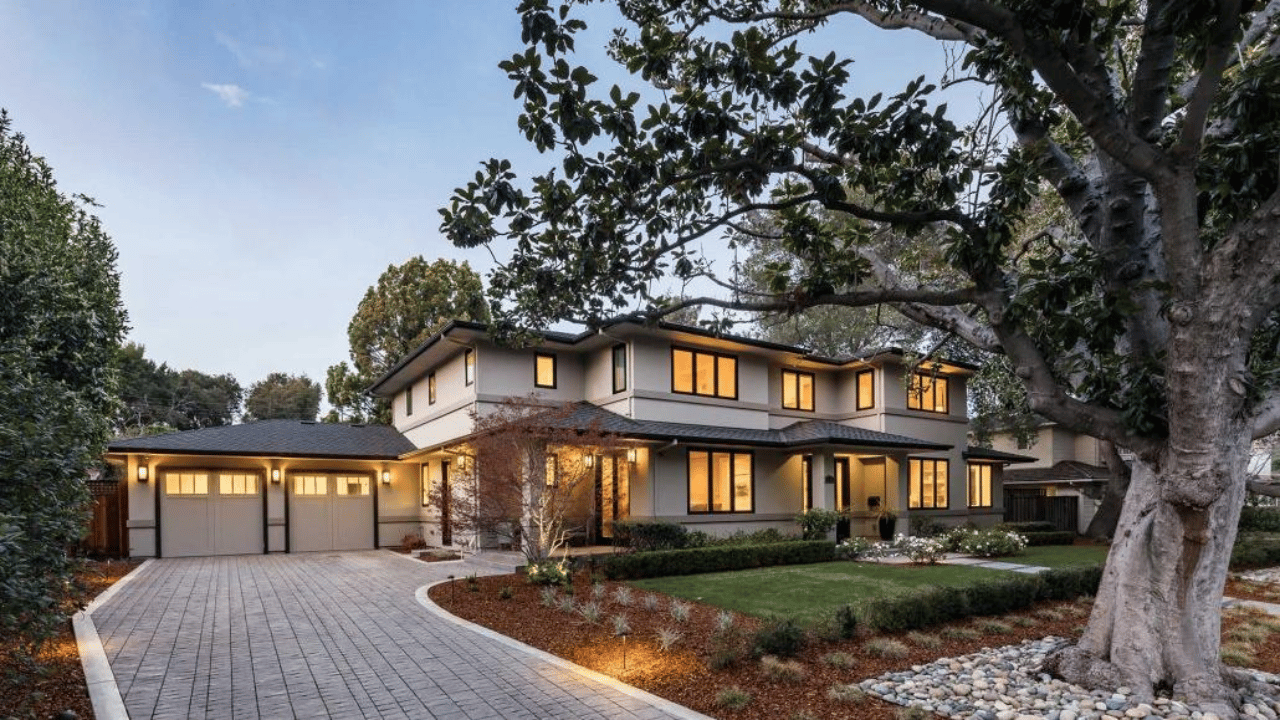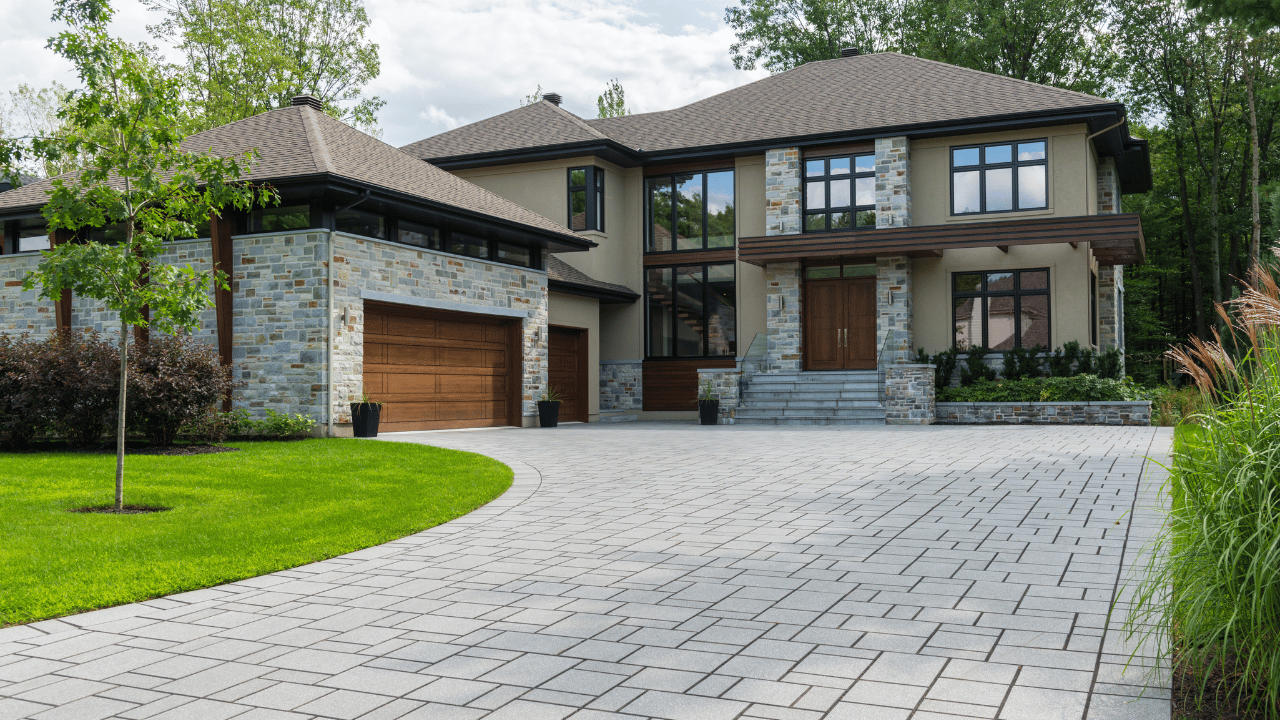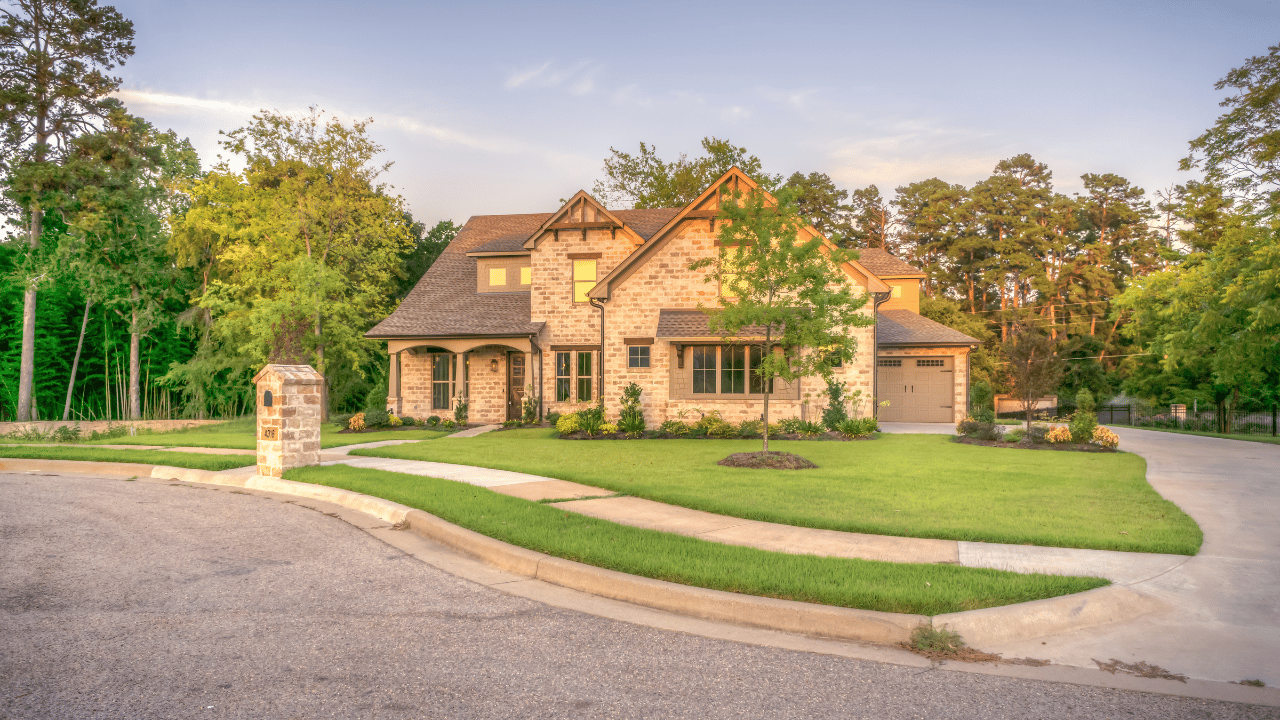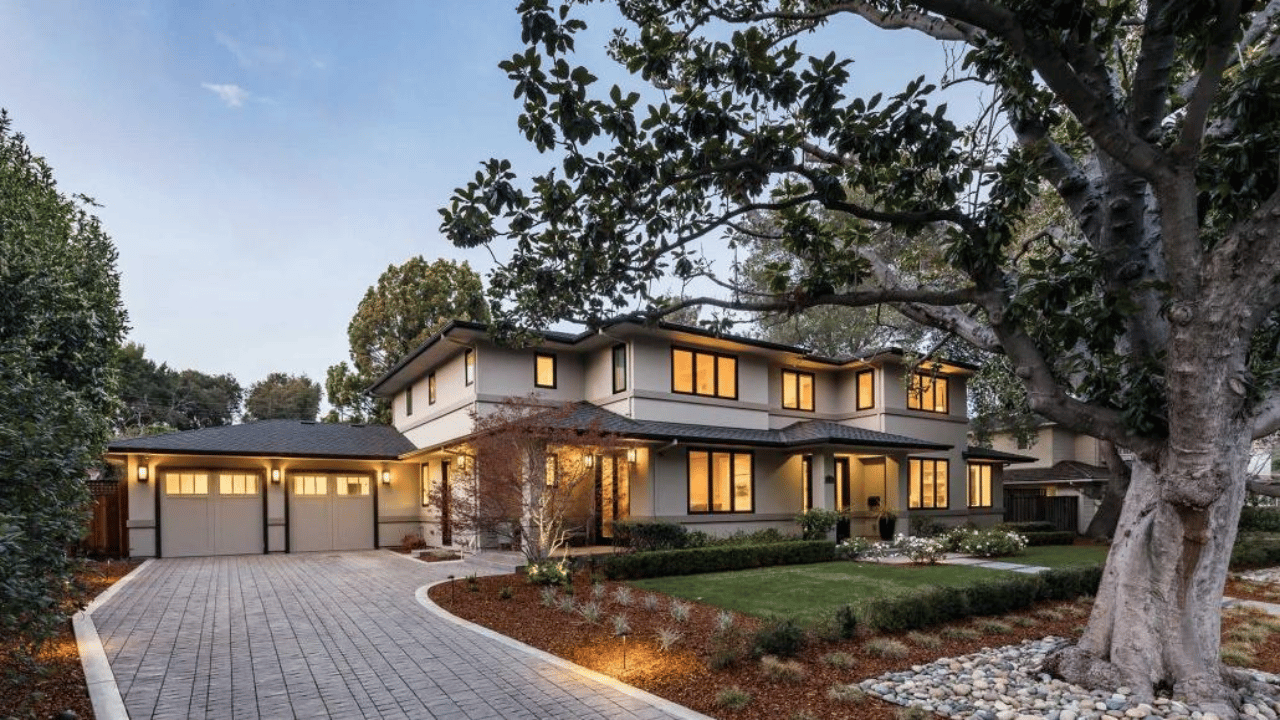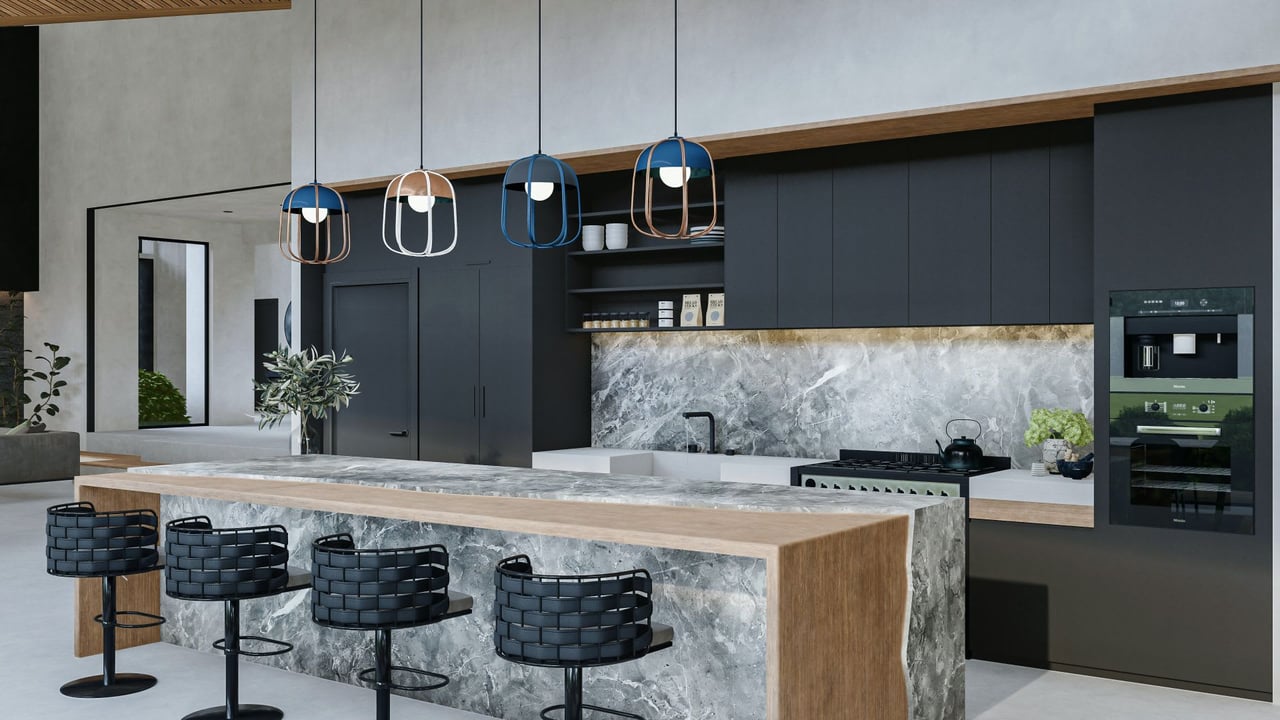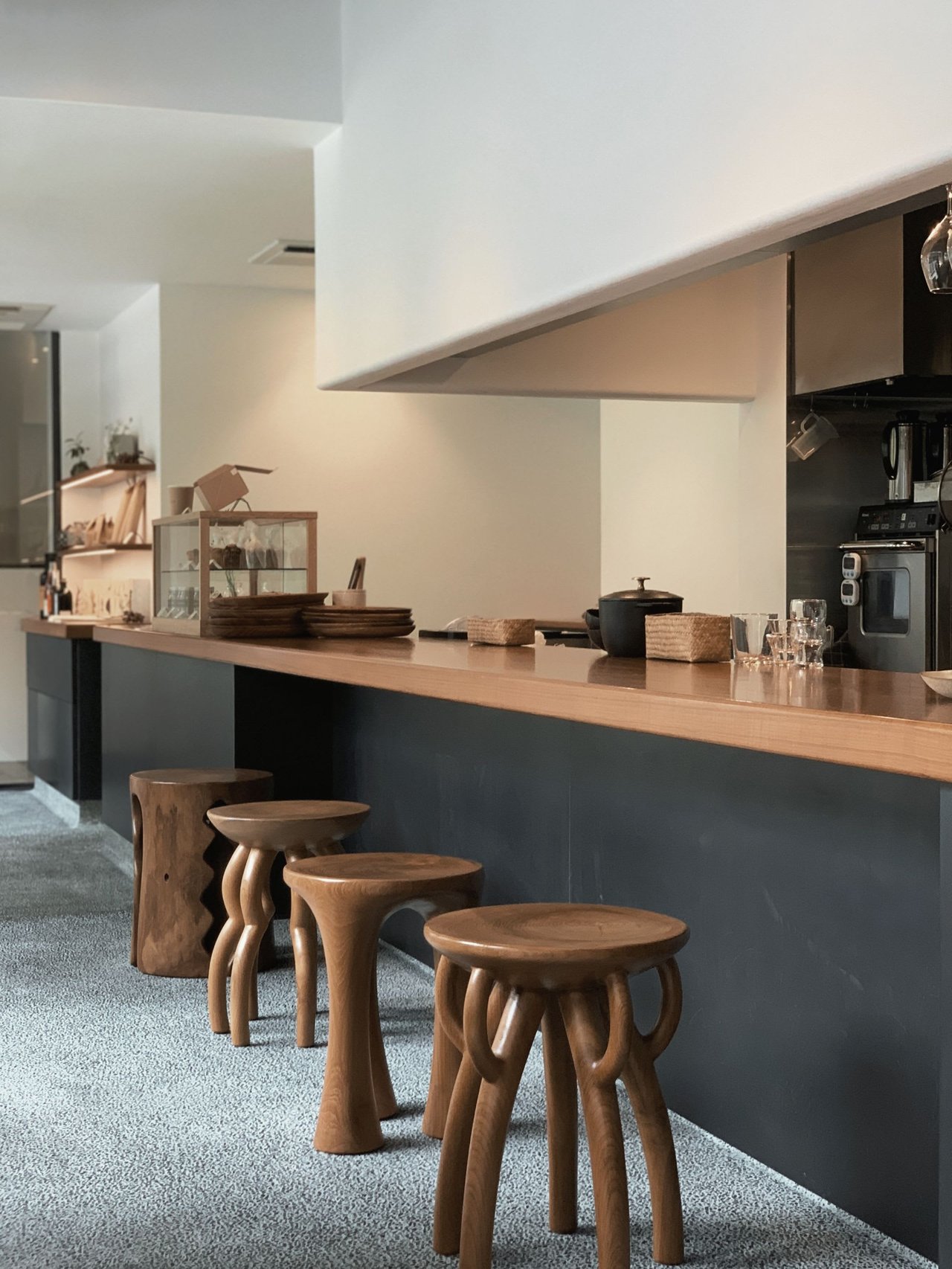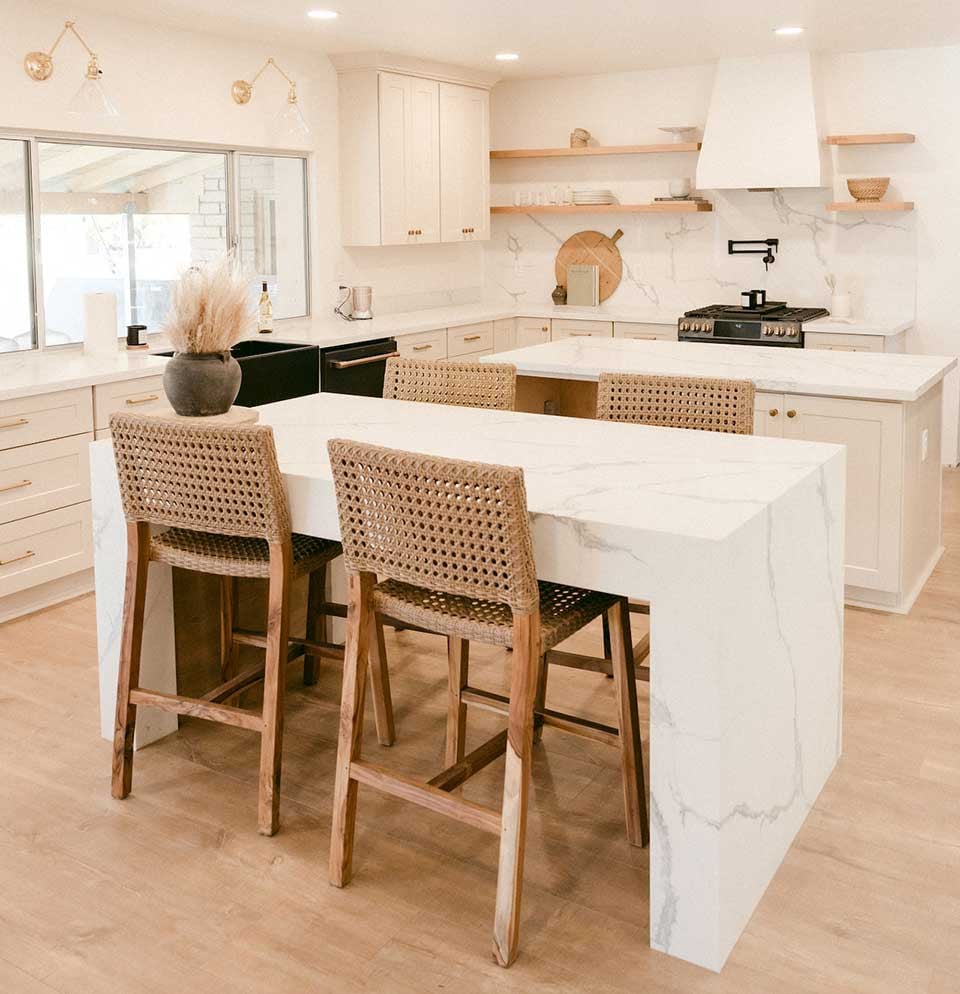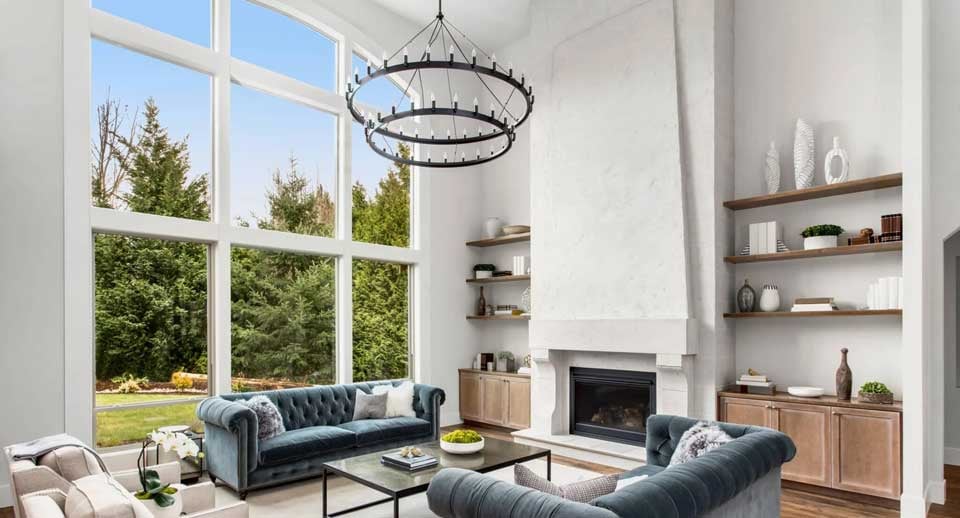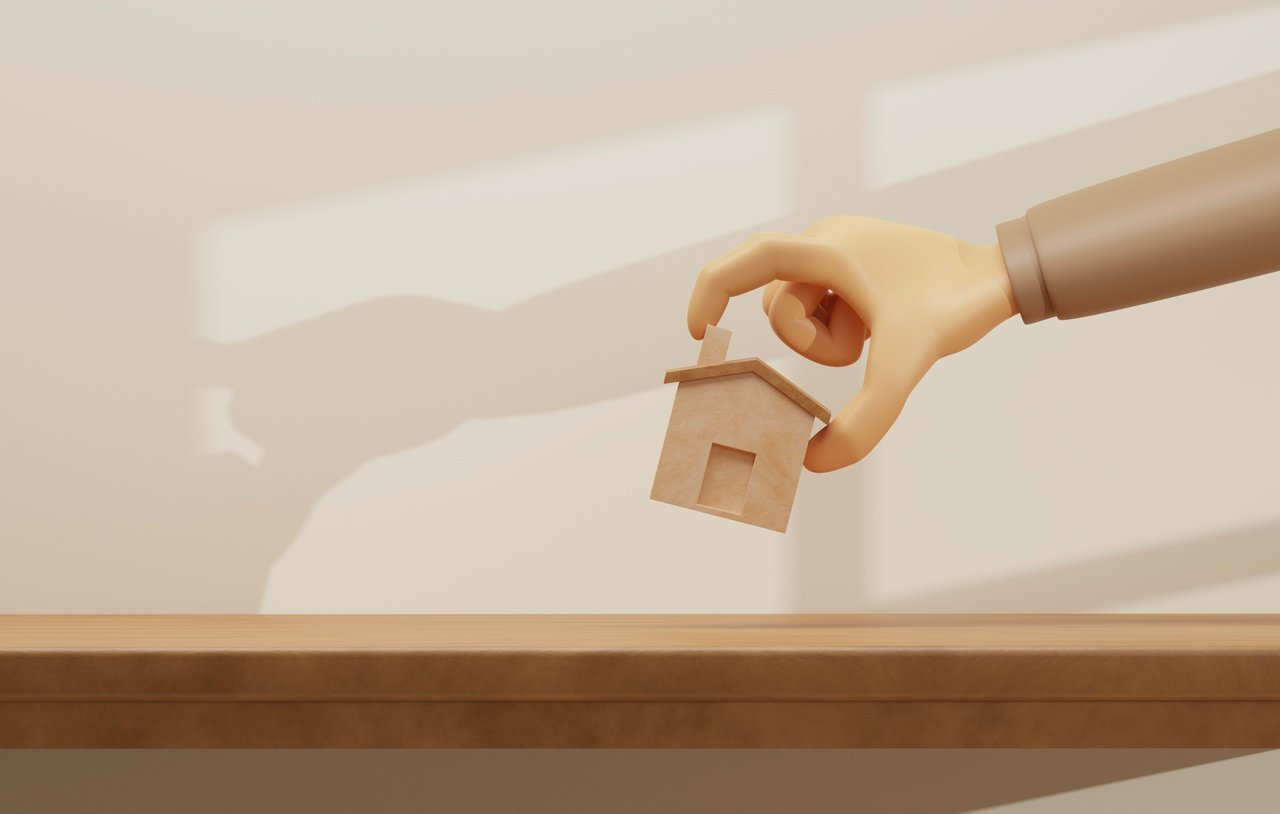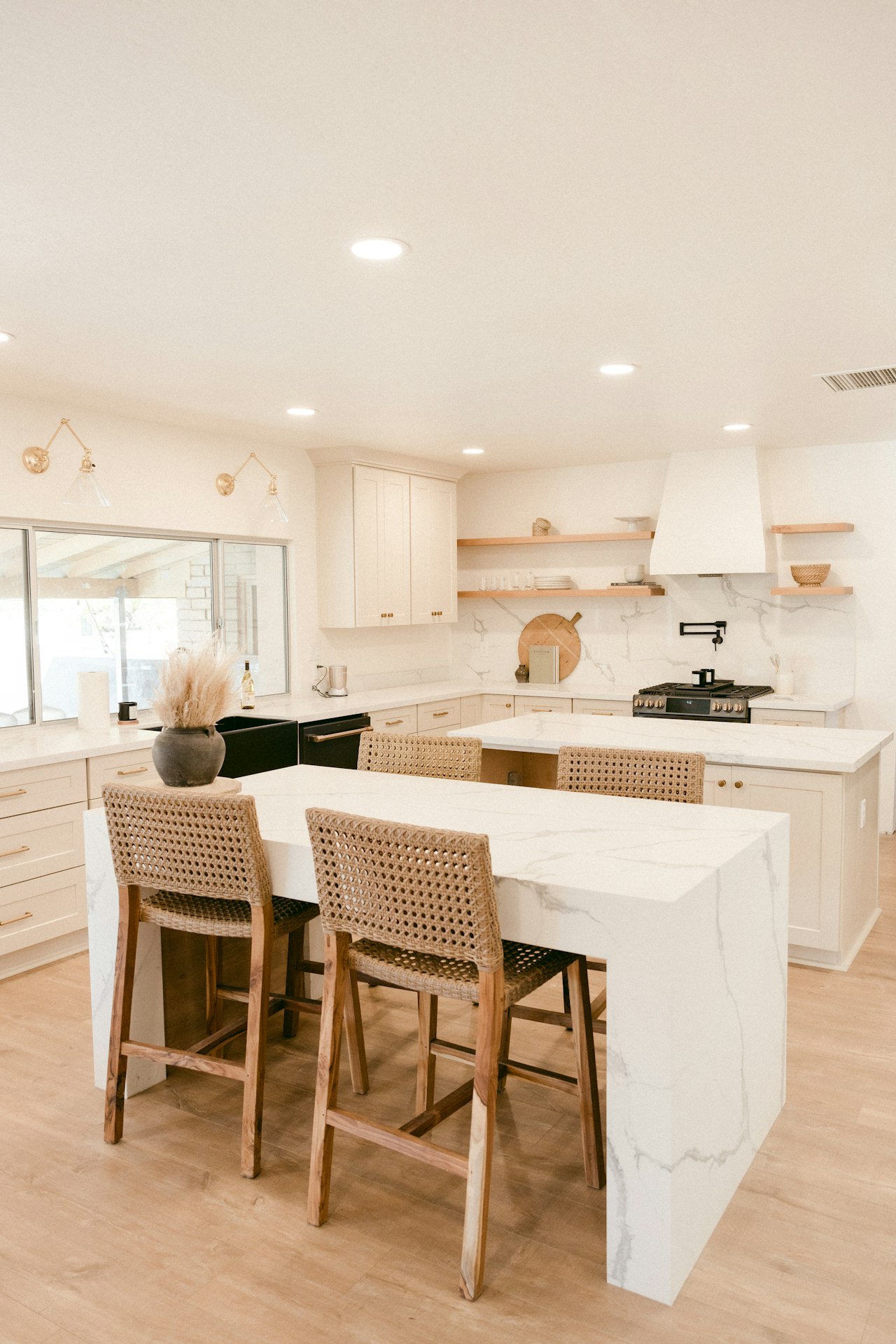As an interior designer, I am often looped into conversations with clients that touch on the financial aspects of being a homeowner. Recently, a client of mine called me for my input on whether she should stay in her home and renovate it or sell it and move to a new home within the Bay Area.
Normally, I enter the conversation when renovate is the answer to the renovate or relocate question, so I looped in Silicon Valley real estate expert, Dana Carmel, to weigh in on the relocate piece of the puzzle.
It turns out, there are a number of personal and macroeconomic factors at play that were helpful to discuss.
And if you are stuck on deciding whether to stay and renovate or sell and relocate, having realtor and designer professionals weigh-in on cost, scope of work, and where to add value to your home can really help. I hope you enjoy our conversation!
xx Emily
Factor 1: Forever Home Criteria
Do you love the location? Is it big enough — or too big — for you and your family? Can it accommodate you as you get older? If you think this is where you will stay for the foreseeable future, it probably makes sense to stay and renovate in your current home.
Flax:How do people know if they’ve found their forever home?
Dana: The biggest issue I encounter for people who think they’ve found their forever home is that, especially here in the San Francisco Bay Area, homes aren’t that large and people grow out of them. This happens when their needs and wants change beyond what they could foresee. Sometimes, if they want to stay but need more square footage, they’ll look into adding an ADU (Accessory Dwelling Unit) or expanding the existing footprint if their lot allows for it.
Flax: At what point do people reach out to you – when they’re just doing due diligence or when they’re definitely ready to sell?
Dana: People reach out to me with all different time frames. Usually, between one month and one year from an expected purchase or sale.
Factor 2: Personal and Macroeconomic Considerations
Does it make sense to move? The answer to this question might be personal or depend on the current economic climate and other factors beyond your control.
Some examples:
If you need to borrow money to purchase a home, what are interest rates like?
How would your new home’s property tax bill compare to what you’re paying now?
Is your household changing size?
Do your kids want to stay at their current school?
Would you need to move out of your house in order to renovate?
Are you interested in downsizing your home?
Is your house safe for you to live in as you age?
While renovation budgets can quickly balloon due to factors like inflation, material costs, and unforeseen repairs, putting a house on the market is not without its own costs and headaches. Even if you take the cost of the new house as a given, additional expenses might be more than your considered renovations. As you are running the numbers, don’t forget to factor in real estate agent commissions, new tax bills, and moving costs.
Flax: Are there times of year that are better for sellers or buyers? Are there macro-trends that might lead to better sale conditions?
Dana: The Bay Area and California have many location-specific conditions to the real estate market. In the Bay Area, when startups IPO, there is often a rush of people buying houses with their sudden influx of cash. The stock market can also drive house-buying trends. Interest rates also impact purchasing decisions, especially for people looking at houses valued $4 million+, where we see people very affected by elevated borrowing costs.
In California, Propositions 13 and 19 also move markets. Proposition 13 allows homes to be assessed at an older value and limits the amount of property taxes buyers must pay after a transaction. Proposition 19 allows people aged 55 and older to transfer the “taxable value of their primary residence to a replacement primary residence located anywhere in California,” depending on the value of their replacement residence. Proposition 19 also allows parents or grandparents to receive a tax increase exclusion when passing primary residences to their heirs.
In addition to these propositions, families can also avoid property reassessments, which can trigger higher property taxes, by placing homes in LLCs and transferring ownership in a piecemeal way.
These propositions and market events can lead to a Bay Area housing market that might not behave quite the same way as the national market.
Factor 3: House Envy
You don’t like the style of your home. The natural light isn’t great. The flow is bad. You hate one of the rooms. There isn’t enough storage. You don’t think you have enough room for an expanding family. Many of these challenges can be fixed via creative renovations and design solutions.
If you would stay in your current home, but the things you don’t like about your home are mainly cosmetic, you may be able to do a simple facelift renovation. This is a more cost-effective way to change your home to suit your needs without tearing down walls or the cost and energy it takes to sell, find a new home, and move. This kind of renovation also has the possibility of dramatically increasing your home’s return on investment if you do end up selling (see Factors 4 and 5 below for more information on pre-sale improvements and long term renovations).
However, if some of these concerns may only be fixable with more square footage or bedrooms/bathrooms than your current residence allows, it may be time to move.
Sometimes clients who have renovated right before moving regret not doing it sooner so they can enjoy the changes they made. If you think you’re going to flip the house to sell in the short term, consider doing some of those renovations now so that you get to experience your improvements first-hand before selling. Who knows, maybe you’ll end up falling in love with the place all over again!
Flax: How long does it take for the average homebuyer to recoup their investment? Does the renovation time frame impact home values on the market? i.e., Will a homeowner see a bigger bump in market value if they renovated 6 months ago versus 6 years ago?
Dana: The optimal time to live in a home after buying it is about seven years, depending on location. In the Bay Area, it’s longer. During this time frame, the value of the house tends to rise, erasing some of the debt incurred while purchasing or renovating the home. But this doesn’t hold true for every home. Some people will pay a premium for a move-in ready home versus a home that needs some upgrades. The time period for recouping the value spent on a home that’s move-in-ready may be longer.
Another big thing to remember is that a gut renovation (taking walls down to the studs, putting in new plumbing, etc.) isn’t always needed to see a strong ROI on your investment if and when you sell.
Flax: Are there any renovations you would recommend avoiding if your intention is to sell?
Dana: I don’t recommend adding extra square footage if your intention is to sell. This adds way more time and money to your scope, and the permitting process is much more time-consuming and challenging to navigate.
If you’re considering a renovation just before selling, consider your sale horizon. If you plan to sell the house in five years, it may be more worth it to do a bigger renovation so you can enjoy it. If you plan to sell in one year, it may be a better idea to do a cosmetic upgrade, like new appliances, paint or door knobs, just before you go.
Factor 5: Adding Long Term Value
Maybe you’re on the fence, and you’re not 100% sure this is your forever home. It’s possible to optimize your renovation plan to add value in the event you eventually sell the house.
The best places to invest for your personal enjoyment of the home and the biggest bump in ROI for future potential buyers are kitchens and bathrooms, especially if your home is particularly dated.
But remember, there is a recommended equation for how much to invest when renovating your home. The rule of thumb is that you should never spend more than 15-20% of your home’s value on renovations.
That being said, depending on what you’re changing, quality wins. It may make more sense to splurge on high-end materials to ensure potential buyers don’t view the renovations as “lipstick on a pig.” Additionally, the best piece of advice for renovating well before selling is to make sure to select timeless designs and finishes that won’t feel dated when you decide to sell.
Flax: What are the best things to invest in and renovate to see a lift in ROI when selling your home?
Dana: The kitchen is the heart of the home and the most important room to upgrade. Bathrooms are the second-most important room you can upgrade. Flooring is something you can do to bring additional value to the home, especially if you replace an old, worn carpet with hardwood. A fresh coat of paint helps the house feel sunny and warm and can do wonders for your potential sale value.
For a bathroom renovation, consider creating a primary suite if you can. Bathrooms with two sinks, walk-in closets, and fancy showers provide tons of value.
Along with the kitchen and bathrooms, landscaping and lighting are crucial for creating value. Can you bring more natural light into the home? Can you incorporate the outside more? Especially in the Bay Area, where the weather is nice, an outdoor area for entertaining is huge, and some basic landscaping goes a long way.
If you are stuck on deciding whether to stay and renovate or sell and relocate, having realtor and designer professionals weigh-in on cost, scope of work, and where to add value to your home can really help.
Contact Flax Interiorsor the Dana Carmel Groupfor a consultation today!
